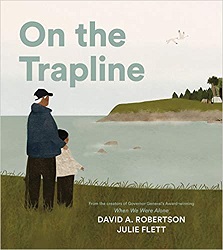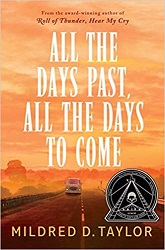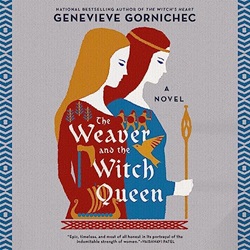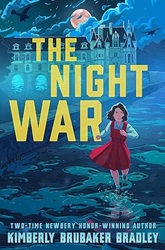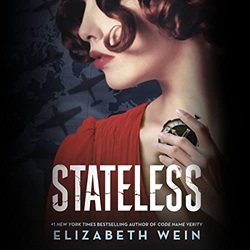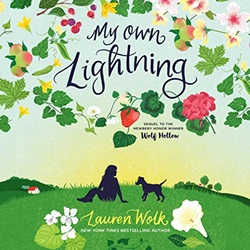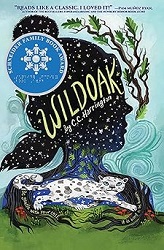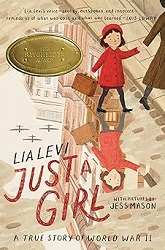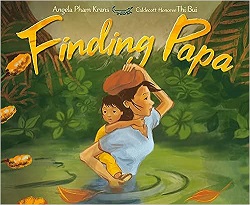Review of On the Trapline, by David A. Robertson and Julie Flett
by David A. Robertson
illustrated by Julie Flett
Tundra Books, 2021. 40 pages.
Review written June 30, 2021, from a library book
Starred Review
Here’s how this picture book, On the Trapline, begins:
I’m on my way up north because Moshom, my grandpa, is taking me to his trapline. I’ve never been there before, and Moshom says he hasn’t been since he was a kid like me. When I look out the window, all I can see are trees and water. The lakes look like blue clouds in a green sky.
“What’s a trapline?” I ask.
“Traplines are where people hunt animals and live off the land,” he says.
When we touch down in the community, Moshom’s old friend is waiting for us.
“Tansi,” he says to Moshom.
“Tansi,” Moshom says to him. Moshom speaks Swampy Cree when he’s around friends.
“Hi,” I say. That’s what tansi means in English.
The story continues from there, with Moshom showing his granddaughter where he lived growing up. They begin with the community where they landed, which is where Moshom’s family lived after they left the trapline. He tells what it was like to attend school there, when they were not allowed to speak Cree, but snuck into the bush to do so.
To get to the trapline, they have to take a boat across a river to a beautiful shore. Moshom tells what it was like living there, too.
Each spread is gentle and beautiful. The pictures have soft, muted tones. The text is simple and lovely. I enjoy lines such as, “The river is wide, but Moshom’s smile is even wider.”
Each spread ends with a word or two in Cree that relates to that page, such as:
K?w?w means “he goes home.”
Natinamak?win means “sharing.”
Ekosani means “thank you.”
This is the story of an elder sharing his story with a new generation, and it’s done with dignity, love, and great respect. I had to read this one a second time and sit with it for a moment before I could go on to other picture books.
Disclosure: I am an Amazon Affiliate, and will earn a small percentage if you order a book on Amazon after clicking through from my site.
Disclaimer: I am a professional librarian, but the views expressed are solely my own, and in no way represent the official views of my employer or of any committee or group of which I am part.
What did you think of this book?
*Note* To try to catch up on posting reviews, I’m posting the oldest reviews I’ve written on my blog without making a page on my main website. They’re still good books!
